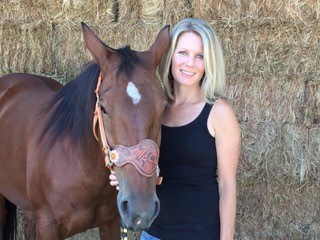Study Examines Most ‘Physically Effective Fiber’ for Horses
Some owners might be searching for the most cost-effective ways in which to feed their horses, especially as provision prices continue to rise. Recently, a team of German researchers took a different approach to evaluating the effectiveness of horse feeds by carrying out a study establishing which diet–hay and grain or solely forage–consisted of a more "physically effective fiber."
"Physically effective fiber is a term from cattle nutrition that describes the potential of a fiber to produce saliva and buffer a meal," explained Ingrid Vervuert, PD, DVM, professor of veterinary medicine at the University of Leipzig, Germany. "In equine nutrition there are some efforts to introduce this term."
To that end, using electromyography (EMG), Vervuert and colleagues measured equine masseter (jaw) muscle activity when the animals consumed a roughag-only diet (Diet A) versus a roughage and concentrate diet (Diet B).
In Diet A, four horses consumed fed free-choice meadow hay, meadow haylage, and straw alfalfa chaff (SAC), in that order, twice daily for 21 days. In Diet B, four different horses consumed 0
Create a free account with TheHorse.com to view this content.
TheHorse.com is home to thousands of free articles about horse health care. In order to access some of our exclusive free content, you must be signed into TheHorse.com.
Start your free account today!
Already have an account?
and continue reading.

Related Articles
Stay on top of the most recent Horse Health news with

















